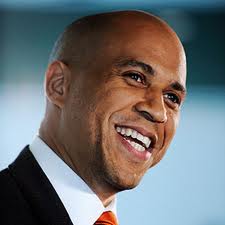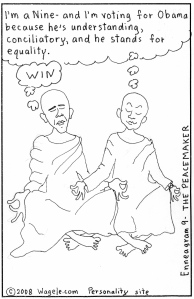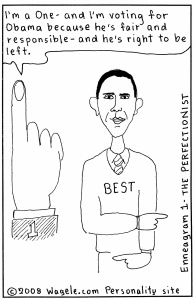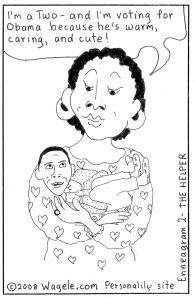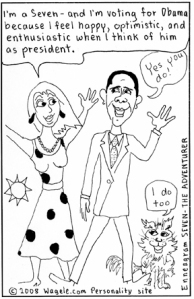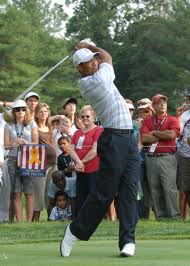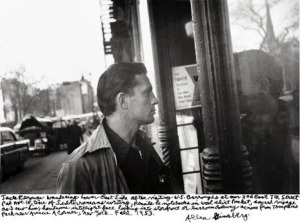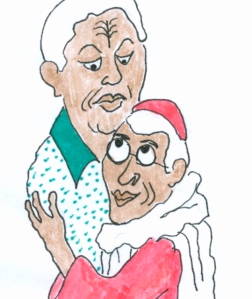What Enneagram type is Cory Booker (born in 1969), the dream mayor of Newark New Jersey? He’s a vegetarian both for health reasons and environmental reasons… aha, an idealist. And he’s not preachy about it. He just believes it’s right for himself. He’s beginning to sound like an introvert. He doesn’t drink or do drugs. No addictions, even to TV or food or sex. He always wanted to be good. He’s beginning to sound like a 1-Perfectionist. “I really found myself in high school being the guy who was always there for people, comforting someone who is going through a breakup, holding somebody’s hair while they’re puking,” he said. “I really liked being an older brother figure within a group of friends, and I had friends in every group: the jocks, the band kids, the geeks. It felt like I could move seamlessly.” A 2-Helper?
Booker earned a B.A. in political science and an M.A. in sociology from Stanford University. He was a star football player and was elected to the student government council. He won a Rhodes Scholarship to Queens College, Oxford, England, and an honors degree in modern history in 1994. He met Rabbi Shmuley Boteach there and became president of the L’Chaim Society, an organization devoted to easing tensions between Jews and African-Americans. He attended Yale University Law School, then started free legal clinics for low-income residents of the neighboring city of New Haven, CT. Returning to New Jersey, he was hired as a staff attorney for New York City’s Urban Justice Center, then became Program Coordinator of the Newark (NJ) Youth Project. Although professionally and financially successful, in 1998 Booker moved into Brick Towers, a Newark housing project, which was notorious for its run-down condition and crime problems. He led the project’s tenants in their fight for improvements in housing, maintenance and security. That same year he won election to the Newark City Council. The next year, as a council member, he went on a ten-day hunger strike to protest blatant drug-dealing in one of Newark’s worst housing projects. In 2000 he lived in a motor home for five months, staying on streets in some of the most crime- and drug-infested areas of the city to see how bad conditions were.
He’s beginning to sound like a 9-Peace-Seeker: mediating, a humanist, looking out for all the people, not just his own career. But I have a hunch. Could he be a 6-Questioner with an underlying motivation of security? The Questioner loves justice and has a strong connection to the Peace Seeker. Making friends with every group in high school fits, being idealistic and interested in helping those in need of help fits. What’s more, Questioners can be extremely brave, as Booker has been living in scary neighborhoods and rushing into a burning building and to accident scenes to save people. And Questioners often have a tremendous amount of energy, which he obviously has.
In 2002 Booker decided to run for Mayor. (His battle against long-time mayor Sharpe James was chronicled in the documentary Street Fight (2005).) Booker made a strong showing but lost the election.
In 2003 Booker started Newark Now, a nonprofit civic improvement group, became a partner in a West Orange (NJ) law firm and a senior fellow at Rutgers University’s Bloustein School of Planning and Public Policy. In 2006 he ran for mayor of Newark again. Mayor James suddenly dropped out of the race and picked a Newark deputy mayor to run in his place. Booker trounced James’ candidate in the largest landslide victory in Newark’s history. In addition, Newark voters swept out the whole City Council, replacing them with the slate of candidates endorsed by Booker, giving him control over the city government.
Some of this blog was based on Is Cory Booker the Greatest Mayor in America? By Lucy Kaylin
If you’re curious about the Enneagram types of other famous people, go to this page of my web site.
